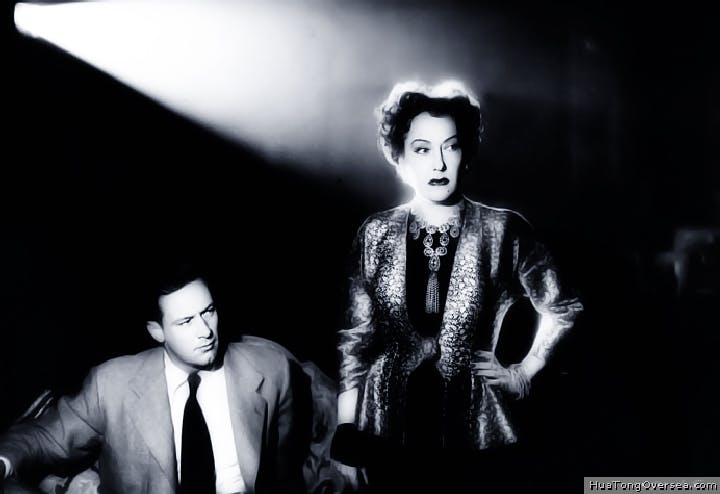Winter 2008
Vanity Projects
– Aaron Mesh
“Politicians, ugly buildings, and whores all get respectable if they last long enough,” says a character in the film classic Chinatown. Reviewer Aaron Mesh concludes that movies have been around long enough to join the list.
“I am big,” Gloria Swanson declared in Billy Wilder’s film Sunset Boulevard. “It’s the pictures that got small.” It’s one of the iconic lines in American movies, but it means something very different now than it did when Swanson, playing a faded silent-picture star, said it in 1950. Then, it was a clever rejoinder in a piece of slightly disreputable popular entertainment. Now, it’s part of the national artistic canon.
Shyon Baumann, a sociologist at the University of Toronto, traces this shift in Hollywood Highbrow, a swift, absorbing academic study of “the acceptance of Hollywood films as art among a large segment of the public, particularly (though not exclusively) those with postsecondary education.” His argument isn’t that movies have improved—the works of There Will Be Blood director P. T. Anderson do not sit on a loftier plain than those of Preston Sturges, the 1930s screwballcomedy genius; rather, Baumann makes the case that the real change is in the way we talk about movies. The assumption of artistic merit is embedded in the language of filmgoing—even in the way I describe Sunset Boulevard as “Billy Wilder’s film.” That’s an implied characterization of the director as artist, and one that Wilder didn’t accept. “Look here, my friend,” he told an interviewer in 1960, “I don’t want to talk about Art.”
How did the conversation shift? Or, as Baumann puts it, after citing a particularly overheated piece of film-studies prose on Jaws, “How did we get to the point where the analysis of the shark is perhaps more frightening than the shark itself?” He spreads the responsibility around, emphasizing several developments in the 1960s: The rise of film-studies programs, the self-promotion of second-generation directors as auteurs, and movie critics who borrowed terms from French film theorists. For the first time, movies were discussed in the same breath as operas or paintings, and directors could project the fantasy that they were making art, not simply trying to pack theaters.
But art is not ordained by wishful thinking alone—or by quality, for that matter. It requires a dash of snobbery, too. Baumann’s book is most revealing in its second chapter, where he demonstrates that the movies stopped being mere popular entertainment at precisely the moment they stopped being popular. The rise of film’s acceptance as an art form coincided with a drastic decline in movie attendance; from 1945 to 1960 weekly audiences shrank from 90 million to 25.1 million, as Americans abandoned movie palaces for television programs. At the same time university enrollment skyrocketed, with the result being an educated class that could champion a less vulgar leisure activity. “Cultural gems can only look like lost treasure,” Baumann observes, “if they are not currently being worn by those who are thought to have bad taste.”
Studios began catering to people who saw film not as a cheap diversion but as an estimable creative form. At the same time, they put on offer mass-entertainment spectacles (Jaws, released in 1975, has been called the first blockbuster) to attract whomever they could. Today, both Blue Velvet and Batman Begins are discussed in terms of creative vision, and artistic distinction has become another marketing tool. (Baumann includes tables that show a sharp increase, starting in the 1960s, in the frequency with which high-art phrases appeared in movie advertisements.)
Hollywood Highbrow is not a book that’s quick to offer a moral to its story, but it brings to mind another line from a classic film, Chinatown: “Politicians, ugly buildings, and whores all get respectable if they last long enough.” Movies have been around long enough to join the list.
* * *
Reviewed: Hollywood Highbrow: From Entertainment to Art. By Shyon Baumann. Princeton University Press. 225 pp.
Cover photo courtesy of Flickr/hto2008
